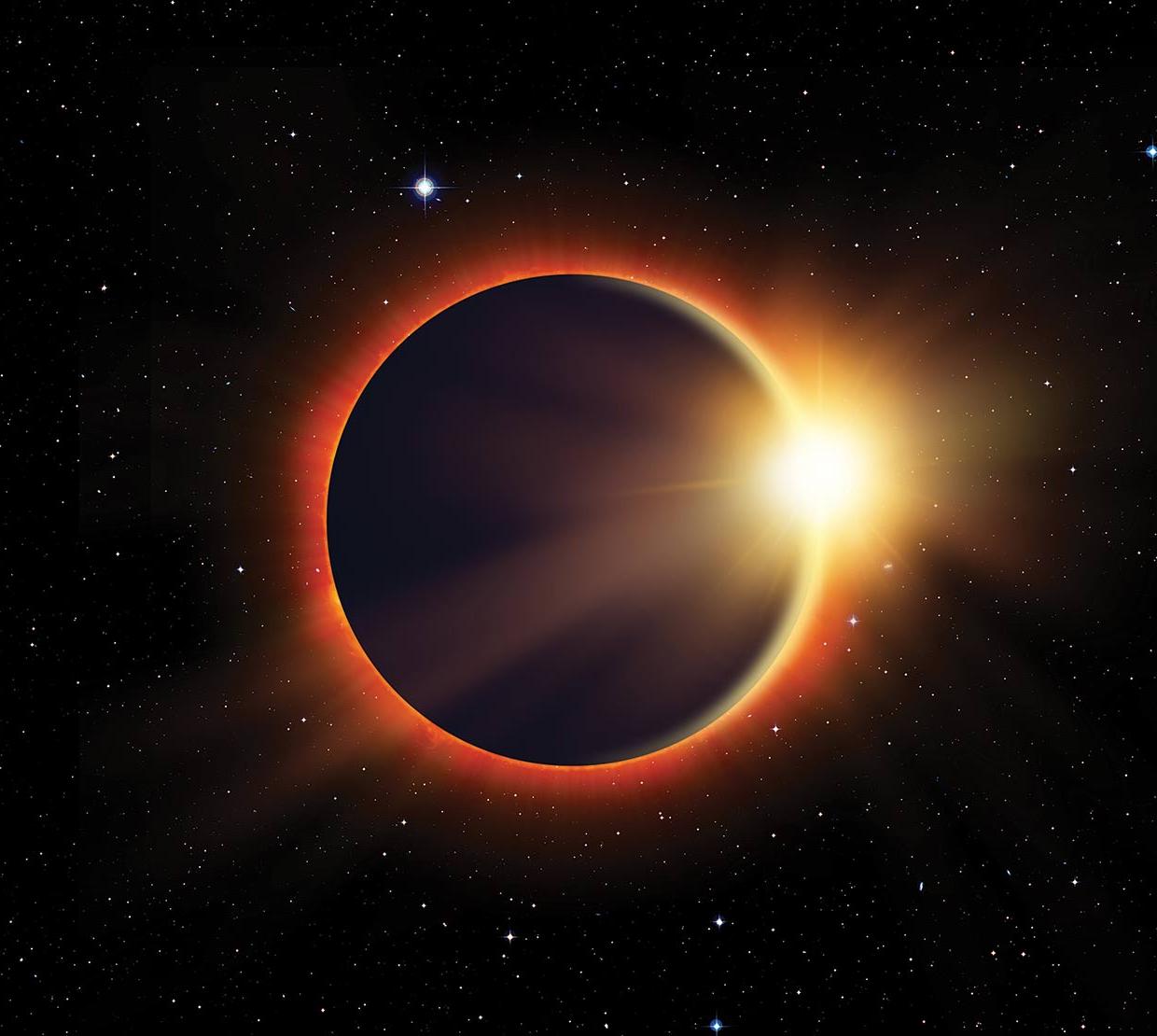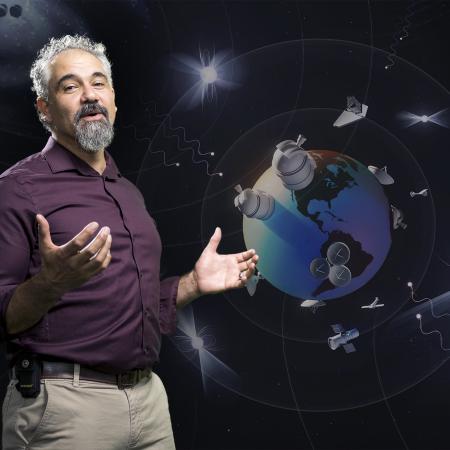The 2017 Total Solar Eclipse on August 21 will draw tens of thousands to Corvallis for the OSU150 Space Grant Festival: A Total Eclipse Experience from August 19-21, the first of four festivals celebrating Oregon State's 150th anniversary. Corvallis, which lies well within the path of totality, is an ideal place to witness this rare celestial event. The moon's shadow will darken an otherwise bright summer morning on campus for two full minutes starting at 10:17 a.m. on August 21—and provide an incredible opportunity for Oregon State and the College of Science to engage one of its broadest audiences in many years.
Check out the full schedule of the weekend's activities.
As the skies turn dark, science—and its public value— will shine. Science alone explains how, why and when eclipses happen, why your eyes need protection as you gaze at the partially eclipsed sun, and how Einstein's theory of relativity was proven true to a skeptical world when, during the eclipse of 1919, scientists collected photographic evidence of starlight "bending" around the gravity of the sun.
The eclipse is also a rare opportunity for OSU scientists and its community and people across the continent to gather invaluable images and data about the Sun and Earth-Sun interactions. Thirty miles offshore, students from Oregon State and Linn-Benton Community College will launch a high-altitude balloon to soar 80,000 feet into the atmosphere to record and transmit some of the first images of the solar eclipse as the moon's shadow crosses the Pacific, part of a project by NASA and the National Space Grant program.
Jack Higginbotham, director of Oregon Space Grant and administrator at OSU and in our College, said the launch team has made several trial runs and is almost ready for what promises to be an adrenaline-packed adventure at sea.
Scientific investigations will continue as the eclipse crosses the United States. The eclipse will allow a clear viewing of the Sun's "corona," which is usually distorted by the sunlight's diffraction, providing for spectacular photographs and valuable insights to scientists who study the Sun's atmosphere. Scientists will also collect ground-based observations about how the sudden changes in light and temperature experienced during an eclipse affect Earth's ionosphere, weather, vegetation and animal behavior.
College of Science faculty and students are sharing their research, knowledge and passion with the public in many ways during the festival:
- Randy Milstein, Astronomer-in-Residence to the Oregon NASA Space Grant Consortium and physics professor, will share educational and entertaining stories of the mythology, history, science and beauty of the eclipse in "There Goes the Sun: An Overview of the 'Great American Eclipse of 2017,'" part of a free afternoon lecture series at LaSells Stewart Center from 10 a.m.-5 p.m. August 19 - 20.
- During the same lecture series, astrophysicist Davide Lazzati will explore the amazing phenomena of gamma ray bursts, the Universe's brightest explosions, in "The Violent Universe: Waiting for Starlight." Lazzati will also lead star-gazing sessions that are free and open to the public at Peavy Field from 9:30-11 pm on both August 19 and 20, taking advantage of the moonless sky to view the stars through advanced telescopes.
- The Physics Department will host a "Fun with Physics" workshop where people can try an "angular momentum chair" to experience the principle of angular momentum with their own body. The event will be helped in the Memorial Union, room 109, from 10 a.m.-2:00 p.m. Aug. 19 - 20.




